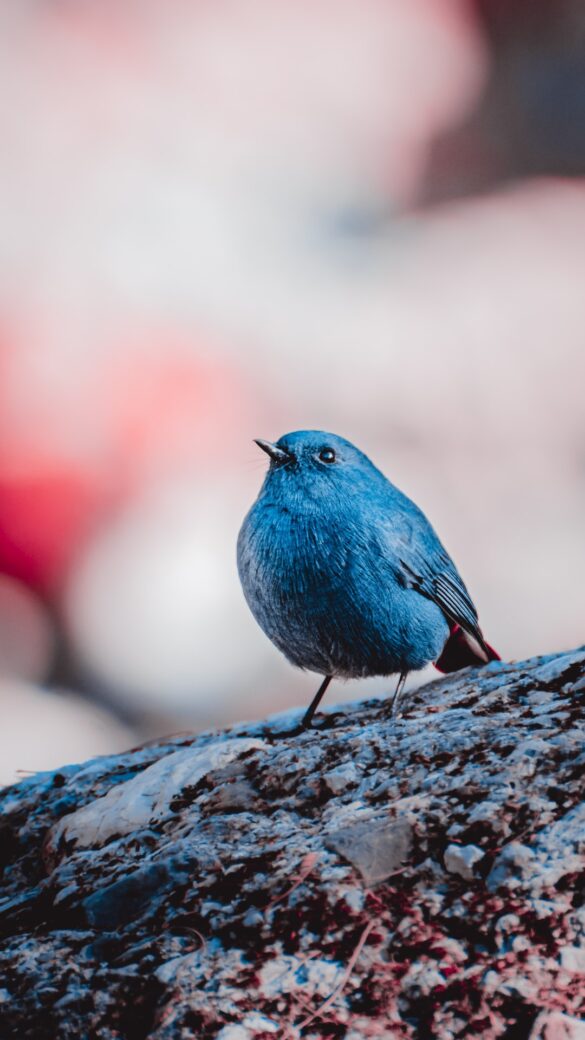Wildlife Photography: Capturing the Beauty of Nature’s Creatures
Nature has always been a source of wonder and inspiration, especially when it comes to the incredible diversity of creatures that inhabit our world. Wildlife photography allows us to capture the beauty and essence of these animals in their natural habitats. It not only showcases the diversity in the animal kingdom but also opens our eyes to the importance of conservation efforts.
One of the main challenges of wildlife photography is to capture animals in their natural environment without causing them any harm or disturbance. It requires patience, skill, and a deep understanding of the animals’ behavior. Professional wildlife photographers spend endless hours waiting for the perfect shot, studying animal habits, and sometimes even risking their lives to get that extraordinary photograph.
But why do people embark on this challenging journey? For many wildlife photographers, it is a way of connecting with nature on a deep level. It allows them to witness the wonders of the animal kingdom first-hand and share their experiences with the world. These photographs often evoke empathy and appreciation for nature, inspiring others to take action to protect and preserve wildlife and their habitats.
The artistry of wildlife photography lies not only in capturing the animals’ physical features but also in conveying their emotions and personality. These photographs have the power to tell stories, showing the harmony and beauty that exists between animals and their environment. They also shed light on the struggles and challenges that wildlife face in an ever-changing world.
Wildlife photography can take many forms, from capturing the majesty of a lion in the African savannah to the delicate beauty of a butterfly in a garden. Each photograph brings its unique perspective, showcasing the incredible biodiversity that exists in various ecosystems around the world. It allows us to appreciate the intricate details of animals’ patterns, colors, and behaviors that are often overlooked in our busy lives.
Furthermore, wildlife photography has a significant role to play in conservation efforts. As many species face the threat of extinction due to human activities such as habitat destruction and poaching, these photographs serve as a powerful reminder of the importance of preserving our natural world. They raise awareness about the need for conservation and can spark a sense of urgency in people to take action.
In recent years, technology has played an essential role in advancing the field of wildlife photography. High-resolution cameras and telephoto lenses have allowed photographers to capture even the most elusive animals with remarkable detail. Drones have also revolutionized the field, providing a unique perspective from the sky and reducing disturbance to the animals. These technological advancements have opened up new possibilities in wildlife photography, allowing photographers to push the boundaries and create breathtaking images.
It is essential to remember that wildlife photography is not without its challenges and ethical considerations. Photographers should always prioritize the well-being of the animals they are capturing and respect their natural behavior. They should follow ethical guidelines and laws that are in place to protect wildlife, ensuring that their actions do not harm or disrupt the animals or their environment.
In conclusion, wildlife photography is a powerful way of capturing the beauty and diversity of nature’s creatures. It allows us to connect with the natural world on a deeper level, appreciate its wonders, and inspire others to protect it. Through patience, skill, and a deep understanding of the animals, wildlife photographers capture breathtaking images that tell stories and evoke emotions. It is through their lenses that we can witness the beauty of nature’s creatures and work towards a future where they can thrive in their natural habitats.

